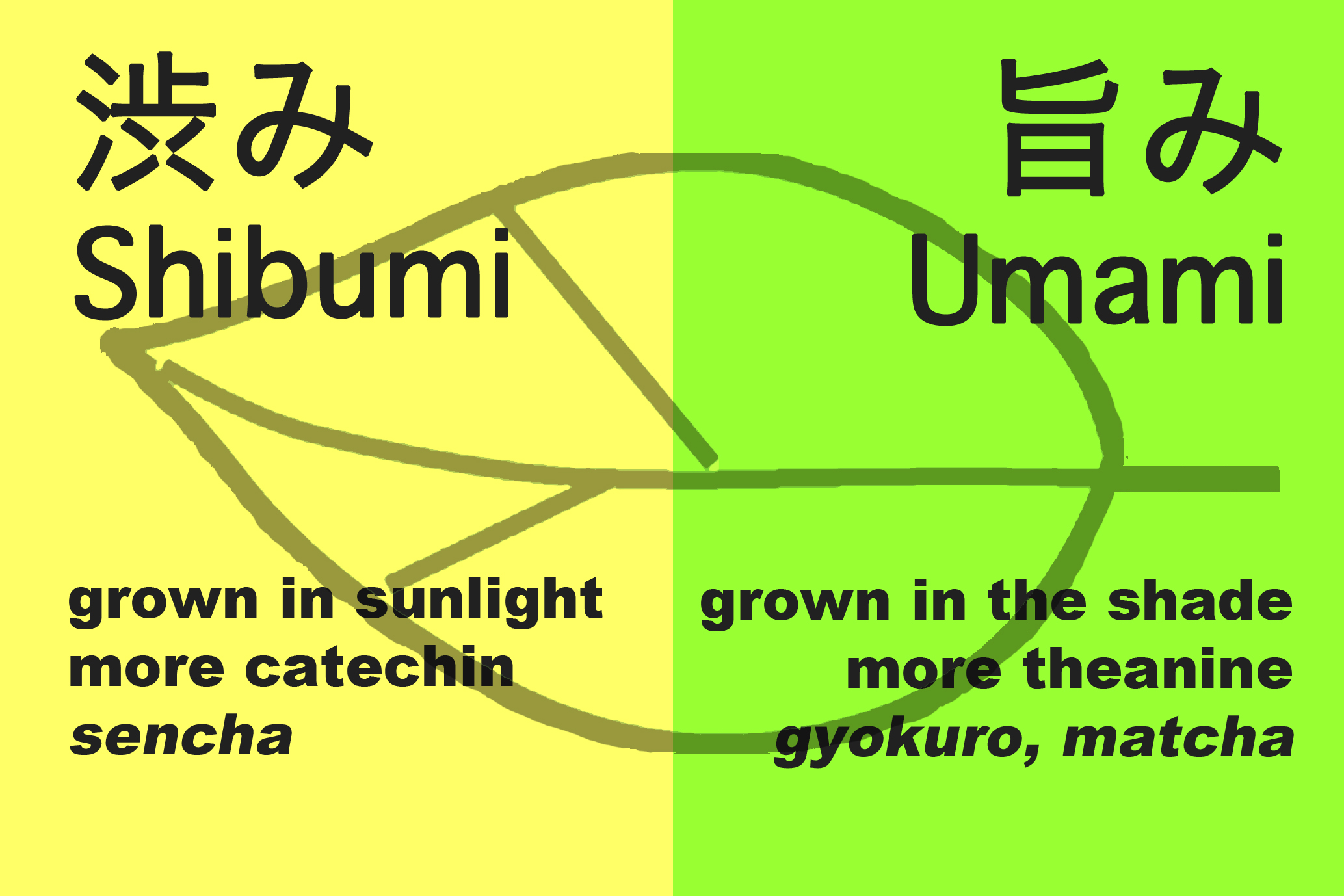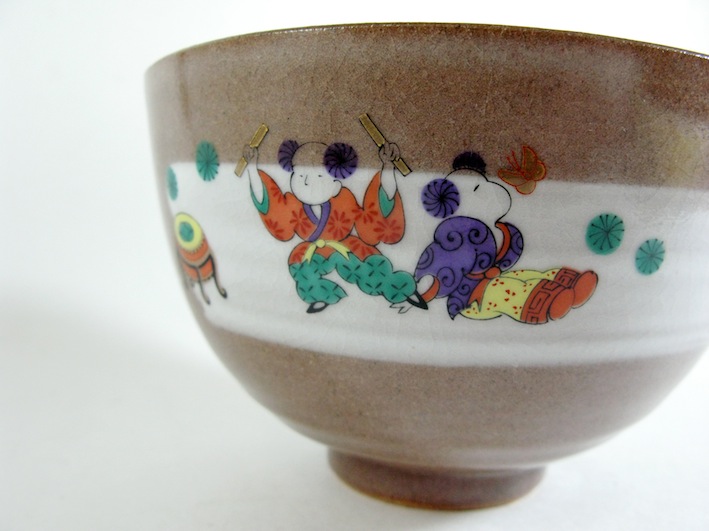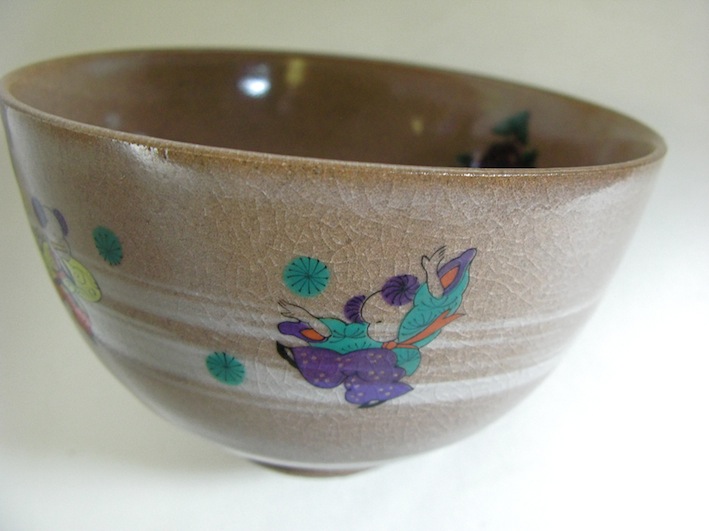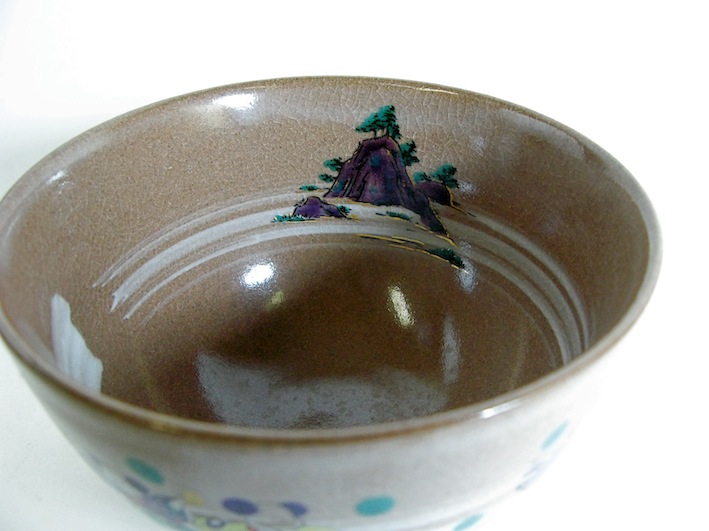Here is a simple-to-make indulgence for lovers of green tea on hot summer days!
Affogato al caffè is, of course, the Italian treat where a shot of espresso is poured over a scoop of vanilla ice cream. The name literally means "drowned in coffee" in Italian!
Now, let's substitute the espresso with thick matcha...
Make koicha (thick matcha) by using only half the amount of water you'd normally use when preparing your matcha drink. If you need to start somewhere, try 1 teaspoon matcha with 35 ml hot water (80℃). This concoction is good for about 3 servings...but it depends on how "drowned" you want your ice cream to be! :-)
Pour some of the koicha over one (or two?) scoops of vanilla ice cream.
That's it! Enjoy!








